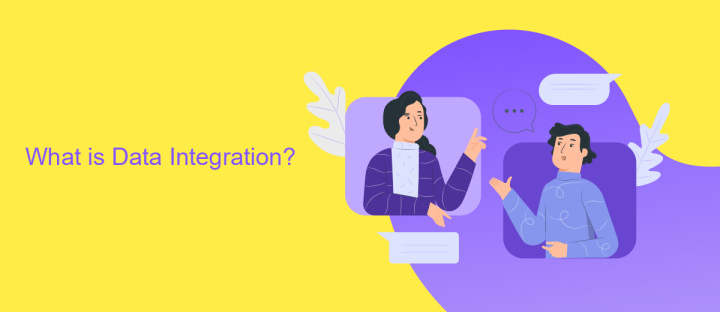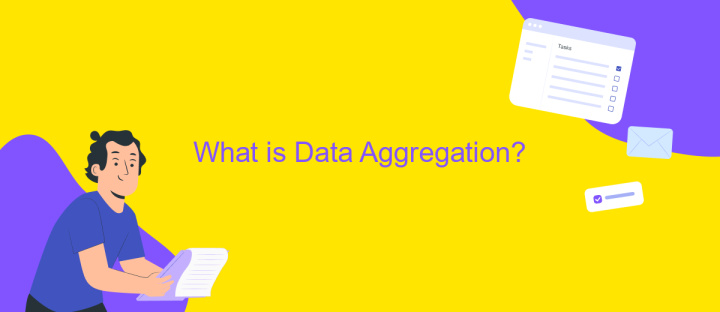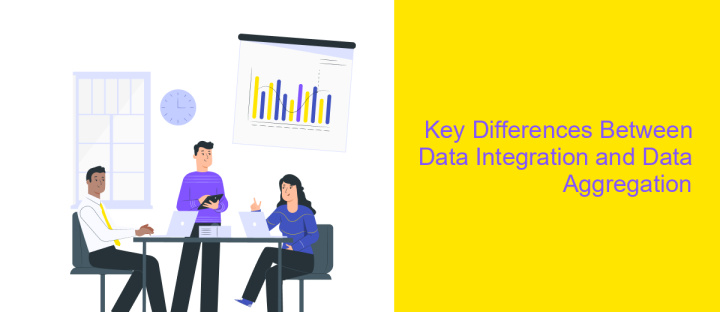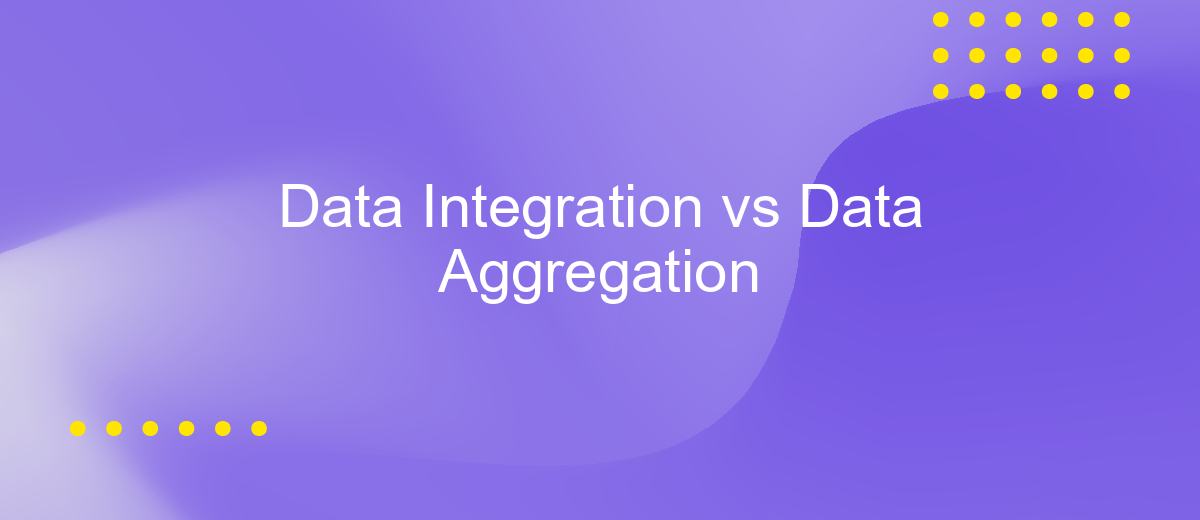Data Integration vs Data Aggregation
In the realm of data management, understanding the distinctions between data integration and data aggregation is crucial for optimizing business processes. While data integration involves combining data from different sources into a unified view, data aggregation focuses on summarizing and compiling data to provide actionable insights. This article explores the key differences, benefits, and use cases of each approach.
Introduction
In today's data-driven world, organizations are increasingly focused on leveraging data to gain insights and drive business decisions. Two key processes that play a crucial role in this endeavor are data integration and data aggregation. While both are essential for managing and utilizing data effectively, they serve distinct purposes and offer unique benefits.
- Data Integration: The process of combining data from different sources to provide a unified view.
- Data Aggregation: The process of summarizing and compiling data to generate meaningful insights.
Understanding the differences between data integration and data aggregation is vital for organizations aiming to optimize their data management strategies. This article delves into the nuances of each process, highlighting their respective advantages and use cases. By comprehending these differences, businesses can better harness the power of their data to achieve strategic objectives and maintain a competitive edge.
What is Data Integration?

Data integration is the process of combining data from different sources to provide a unified and comprehensive view of the information. This practice is essential for organizations that need to merge data from various databases, applications, and systems to enhance decision-making, improve operational efficiency, and gain a holistic understanding of their operations. By integrating data, businesses can eliminate data silos, ensuring that all departments have access to consistent and accurate information.
There are various tools and platforms available that facilitate data integration, such as ApiX-Drive. ApiX-Drive allows users to connect multiple applications and automate data transfer between them without requiring any coding skills. This service simplifies the integration process, making it accessible for businesses of all sizes to streamline their operations and maintain data consistency across different systems. By leveraging such tools, organizations can achieve seamless data integration, enabling them to make more informed decisions and respond quickly to changing market conditions.
What is Data Aggregation?

Data aggregation is the process of collecting and summarizing data from various sources to provide a comprehensive view. It involves gathering raw data and transforming it into a format that is easier to analyze and interpret. This process is essential in fields such as business intelligence, where aggregated data helps in making informed decisions and identifying trends.
- Data Collection: Gathering data from multiple sources such as databases, APIs, and spreadsheets.
- Data Cleaning: Removing inconsistencies and errors to ensure the data is accurate and reliable.
- Data Summarization: Combining and summarizing the cleaned data to provide meaningful insights.
- Data Storage: Storing the aggregated data in a centralized location for easy access and analysis.
- Data Analysis: Analyzing the aggregated data to uncover patterns, trends, and insights.
By aggregating data, organizations can achieve a holistic view of their operations, customer behavior, and market conditions. This comprehensive perspective enables better strategic planning, more accurate forecasting, and improved overall performance. Data aggregation is a critical component in the data management lifecycle, ensuring that decision-makers have access to high-quality, actionable information.
Key Differences Between Data Integration and Data Aggregation

Data integration and data aggregation are two distinct processes that serve different purposes in data management. While both are essential for making informed decisions, they operate in unique ways and offer varied benefits to organizations.
Data integration involves combining data from multiple sources into a single, unified view. This process ensures that data from disparate systems can be accessed and analyzed together. On the other hand, data aggregation focuses on summarizing and compiling data points to provide a comprehensive overview of specific metrics or trends.
- Objective: Integration aims at creating a cohesive data environment, whereas aggregation aims at summarizing data for analysis.
- Process: Integration involves data cleaning, transformation, and unification, while aggregation involves data summarization and calculation.
- Outcome: Integration results in a holistic view of data from various sources, whereas aggregation results in summarized reports and insights.
- Usage: Integration is used for real-time data analysis and operational efficiency, while aggregation is used for reporting and trend analysis.
Understanding the key differences between data integration and data aggregation is crucial for businesses to effectively manage their data strategies. By leveraging both processes appropriately, organizations can enhance their decision-making capabilities and operational performance.
Conclusion
In conclusion, both data integration and data aggregation play crucial roles in the effective management and utilization of data within organizations. Data integration focuses on combining data from different sources into a unified view, enabling seamless data flow and real-time access to information. On the other hand, data aggregation involves compiling data from various sources to provide summarized insights, which is essential for analytics and decision-making processes.
Choosing between data integration and data aggregation depends on the specific needs and objectives of the organization. For businesses requiring real-time data synchronization and comprehensive data management, services like ApiX-Drive offer robust solutions to streamline integration processes. Conversely, for organizations that prioritize data analysis and reporting, data aggregation provides valuable summaries and trends. Ultimately, leveraging both strategies can significantly enhance data-driven decision-making and operational efficiency.
FAQ
What is the difference between data integration and data aggregation?
Why is data integration important for businesses?
Can data integration and data aggregation be used together?
What tools can help with data integration and automation?
How can data aggregation benefit my business?
Strive to take your business to the next level, achieve your goals faster and more efficiently? Apix-Drive is your reliable assistant for these tasks. An online service and application connector will help you automate key business processes and get rid of the routine. You and your employees will free up time for important core tasks. Try Apix-Drive features for free to see the effectiveness of the online connector for yourself.

